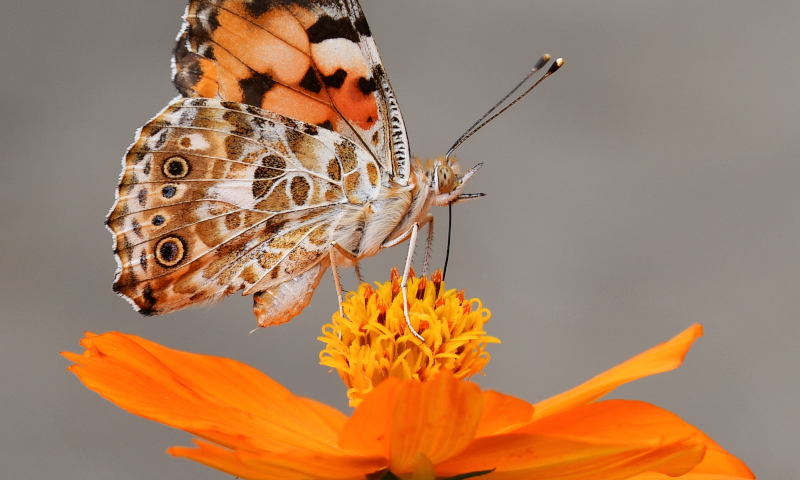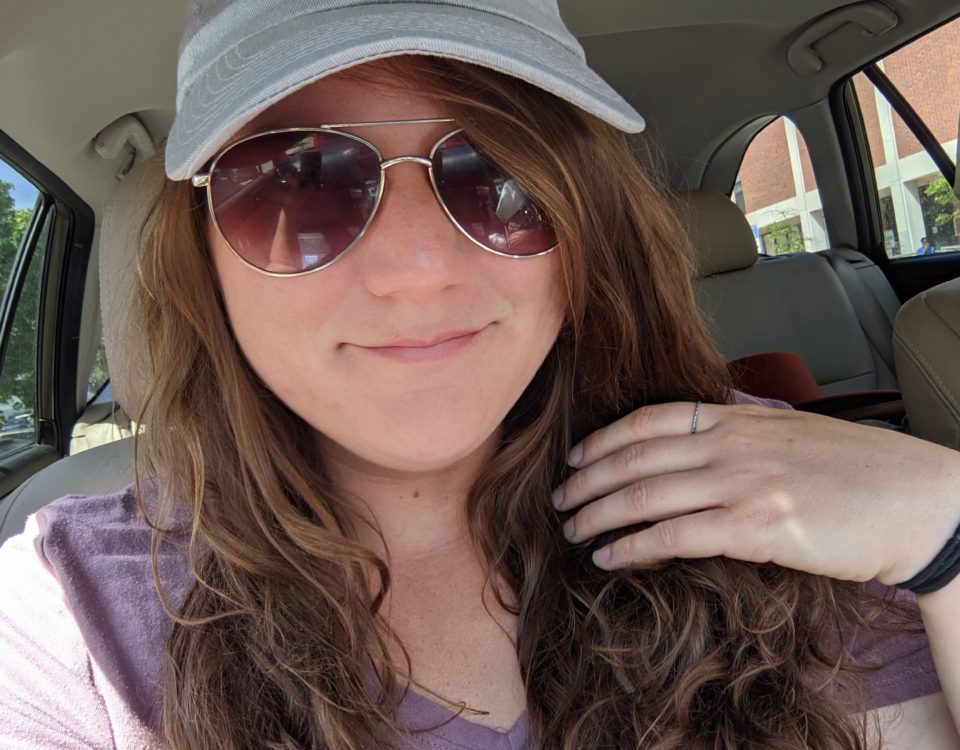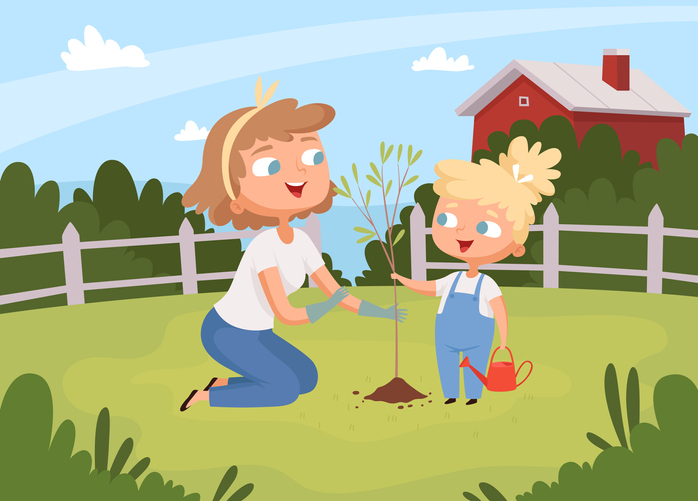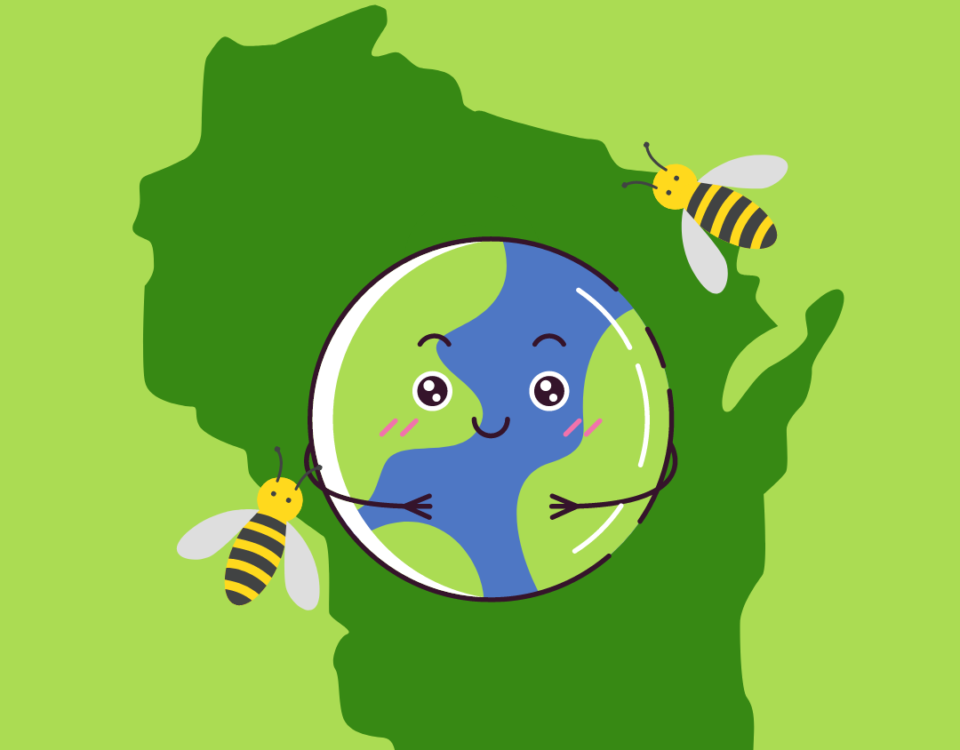- All-In-One Beekeeping for the Bees
- +1-608-728-8233
- info@beepods.com
Befriending the Insects Among Us

Many of our essential pollinators are insects

Yeah, they are a bit gross, but wasps are insects serve a purpose too
Spindly legs. Creeping crawlers. Wiggling larvae. They live in the damp, dark corners of our world and when they do make an appearance, they are hardly welcome. Yes, I’m talking about insects. While this website is largely about bees, it’s hard to talk about bees without ever talking about their six-legged brethren. While Buzz Sting Bite by Anne Sverdrup-Thygeson is not explicitly about bees, it does include bee stories sprinkled amongst the stories about beetles, weevils, and wasps. Even if you don’t find insects particularly palatable – as a food or subject matter – this book about bugs is a must-read.
Before I tell you why you should read it I’m going to tell you my own story about bugs.
When I Met a Weevil
I moved into a new house a few weeks ago and with me came bags and containers of various flours that I didn’t check the expiration date on before putting them in my new pantry. It’s something I should have done, but moving is a busy time and there are other priorities. Like, I don’t care why it’s not working, but we have to get our washing machine fixed yesterday, Joe.
Anyway, I was in the pantry looking for ingredients for something – I can’t remember what now – and I noticed one of my containers of flour, whole wheat, in this case, had rivulets in the grain running down the side of the clear plastic.
Curious, I pulled the container out and set it on the counter before taking a step back. Did I have ants in my flour? It certainly resembled an ant farm, something I haven’t seen in decades at this point.
The Insects Inside

Many of our essential pollinators are insects
Perplexed, I got myself a Googlin’ and couldn’t come up with any definitive answer for what critter had taken up residence in my baking supplies. What I did find was a suggestion to sift the flour to find the bug in question. Before I started sifting, I analyzed the container, turning it over and over, looking at it from different angles trying to see movement.
I saw nothing, so I decided to sift. Over the garbage can, of course, because whatever was going on in there made my flour inhabitable for small creatures and no longer edible for me.
As I sifted, a small, cream-colored worm with a deep-amber colored…head?…appeared on top of the metal mesh. Folks, I had a weevil in my flour. Possibly more than one, but I didn’t keep sifting to find out. I learned lady weevils lay eggs in the flour typically before you’ve even purchased it and then, their many babies hatch months later, which is why my seemingly okay flour suddenly wasn’t okay.
This drama played out while I was reading Buzz Sting Bite so it felt appropriate to share. I’ll be honest, I was a little grossed out by all of this, but I was also more curious about the experience than before because I was reading a book about insects.
Dig Into the World of Insects
This book, in less than 200 pages, took me deeper into the world of insects than I’ve ever been before and it did it in such a magical way, I was captivated from page one.
While Anne Sverdrup-Thygeson is a scientist, she is also a storyteller and a great one. Her phrases linger in your mind, painting a vivid picture of a world we often try to ignore.
She writes:
The larva often looks like a dull, pale rectangular bag, with a mouth at one end and an anus at the other (although there are some exceptions, including many butterflies)…The magic begins in the pupal stage—a period of rest in which the insect undergoes the miraculous change from anonymous “bag creature” to an incredibly complicated, ingeniously constructed adult individual. Inside the pupal case, the whole insect is rebuilt, like a Lego model whose blocks are pulled apart and put back together again to make an entirely different shape (p. 5).
Insects: Masters of Evolution

Take a moment to appreciate the six-legged critters in your life
And just like that, I can visualize the process of insect development in all its gooey glory. The stories are full of vivid details and Sverdrup-Thygeson doesn’t hide or water down the world of bugs. She elucidates their intricacies without diminishing the realities of their lives, which are sometimes short, brutal, and full of poop (see: the dung beetle).
Some of the more compelling stories she tells are of bugs displaying evolutionary behaviors that we would consider straight out of a horror movie. One such example is the Dinocampus coccinellae (p. 50), or parasite wasp, who lays its eggs inside the abdomen of a ladybug. The larva chews its way through the ladybug and spins itself into a pupa underneath her body. The ladybug then becomes still, like a statue, and its body serves as protection for the developing pupa. The strangest part? Sometimes the ladybug can survive this whole ordeal and go on to finish out its, relatively, short life.
Back to the Bees
But, we are here for bees, aren’t we? I was too, but I was completely swept up in the world of bugs while I was waiting for the sections about bees.
Once you’ve done a deep dive into the world of bees, you see how much there is to learn about the small, yellow and black striped insects. While I appreciated the breadth of information (and stories) in this book, there wasn’t a ton of new information about bees, for me, at least. It’s one of the only downsides and it really didn’t take away from my enjoyment; it was a nice refresher.
One new tidbit of information for me was about the ability of bumblebees to teach each other (p. 20). This fascinating fact comes from a study during which scientists taught bumblebees to access nectar from a fake flower by pulling a string. The initial “education” took five hours and then the teacher bees had variable success passing this knowledge on to newbees.
The book didn’t need to be about just bees. One of the purposes of the book is to demonstrate not just how the world of bugs interfaces with our own world, but how bugs interact with each other, for better or worse (think of the ladybug from earlier).
I came out of this book with a newfound appreciation for bugs and a desire to look closer when I’m at the park, gardening in my backyard, or, yes, checking my containers of flour at home. I hope you pick this book up (I have a copy I can lend somebody!) because part our need for sustainability cannot stop with bees; it must be applied to all insects. When you read this book, you will quickly understand why.
See also:
Caitlin Knudsen
Latest posts by Caitlin Knudsen (see all)
- How to Change Your Students’ Lives With Project-Based Learning - November 20, 2020
- Watch The Pollinators to See How We Can All Choose to Change Agriculture - November 13, 2020
- 6 Cold Weather Feeding Tips You Have to Know - November 6, 2020



